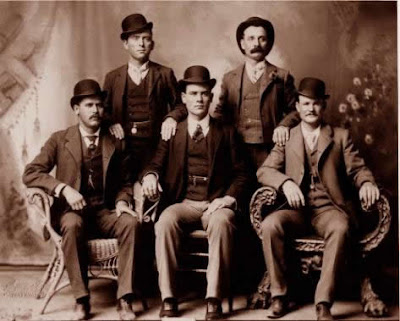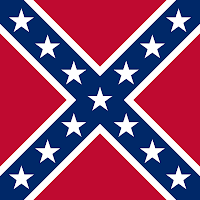
Company distributed ads to 2,500 theaters nationwide and they were seen by about 10 million people every week
By Rob Carrigan, robcarrigan1@gmail.com
In an almost-forgotten time, my family would all pile into the sky blue and white Chevy 2 (precursor to the Nova), armed with blankets and pillows, and make a beeline to the Arroyo Drive-In Theatre near Cortez. Always a double-feature, usually including a John Wayne film, and frequently $1 a car -- my parents and a carload of kids would arrive before sundown to get a tolerable parking spot. The kids would utilize the playground equipment directly in front of the big screen until the countdown clock appeared and we realized we only had three minutes to run to the snack bar for one of those “Orange Balls” -- a round orange plastic container with a green top with a straw in it, filled with orange soda.
That countdown clock, and most of the other snack bar reminders were produced at Alexander Film Company at its 18 acre “campus” on Nevada Avenue in the north end of Colorado Springs.
“Alexander had a hand in many, if not most, of the intermission announcements clips that drive-in fans remember so fondly – not to mention the countdown clocks that let moviegoers know when the film was due to start, the warnings to remove speakers before driving away, the request that they dim their lights until exiting the theater,” wrote Mark Wolfe in the most recent edition of “Colorado Heritage,” produced by the Colorado Historical Society.
“At the company’s peak in the mid-1950s, as many as 2,700 advertisers were using Alexander’s products. The company distributed the ads to 2,500 theaters nationwide, where they were seen by about 10 million people every week,” says Wolfe.
Today Alexander Film Company exists as Alexander Film and Video Services.
“Over the last couple of decades our primary business has been with film and tape transfers, duplications, and replications. But we have recently resurrected our video production department with the hire of an award winning production team and the purchase of new state-of-the-art equipment,” according to the surviving company’s web site.
The company employed 300 people in 1928 when they built offices at 3200 N. Nevada and many of the other buildings on the 18-acre site. They moved the business from an Englewood site that they outgrew and the two Alexander brothers, J. Don and Don M. Alexander, even built their own airplanes to control the costs of shipping the trailer films from the centralized location here in the Springs. One of their aircraft is on display at the Wings Over the Rockies Air and Space Museum in Denver.
“In its heyday, Alexander Film Company's lot hosted 32 full size motion picture sets, modern film and audio laboratories, a sound recording department, an art department capable of creating cartoon animation, stop motion, backgrounds and other special movie effects, an engineering department and a full service print shop,” according to Alexander Film and Video Service, the surviving company.
“To run this massive complex Alexander employed over 600 people locally and the annual payroll exceeded $2.5 million. A client list included a "who's who" of the nation's leading manufacturers including General Motors, Ford, U.S. Rubber, Philco, and Seven-Up. Regional offices were established in Dallas, New York, Chicago, San Francisco and Los Angeles.”.
“The late 1950's saw the remarkable collapse of Alexander Film Co. through the advent of television and the closing of many local theaters throughout the country. What dealt the most crippling blow; however, was the fact that Alexander was a non-union shop which caused them to be "blacklisted" by industry professionals making it impossible for national advertisers to use Alexander produced commercials,” according to company information.
“AFCO was a great place to work during the time I was there,” recalled former employee Sebastian Speranza in article posted on www.driveinworkshop.com. “People were treated kindly and with respect and were really friendly towards one another. I guess starting in the late ‘60s and thereon, things started going downhill … Yes, the drop in drive-ins and TV accounted for the decent of AFCO, but also so many different owners and changes in attitudes and the politics also contributed to its downhill slide. Sad.”
The Arroyo Drive-In closed in 1988 and screen itself was removed in the mid-1990s. The Chevy 2 has been restored by a collector and I still like orange soda and John Wayne movies.
###


























